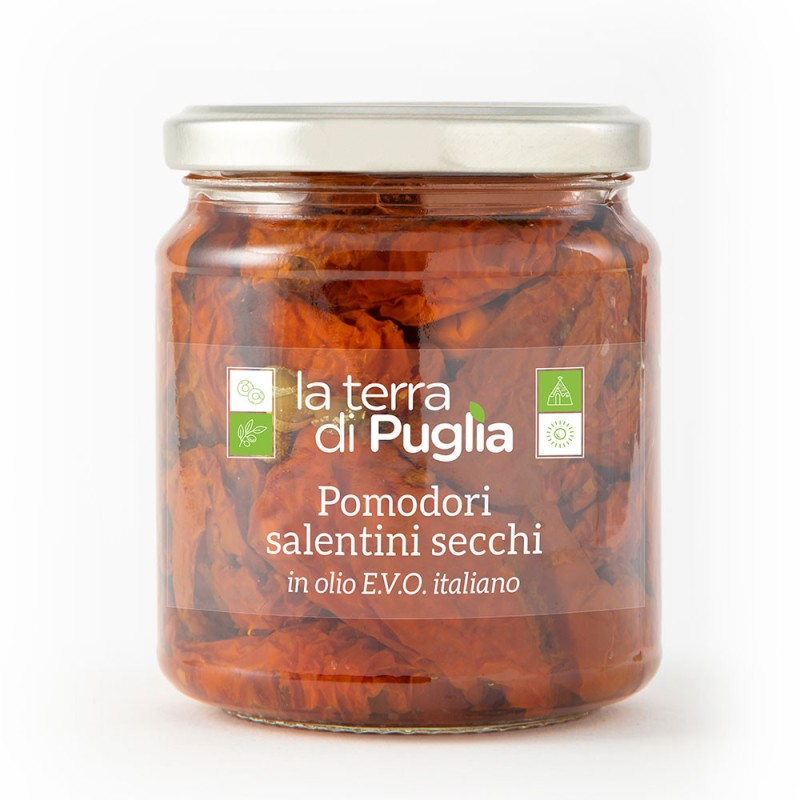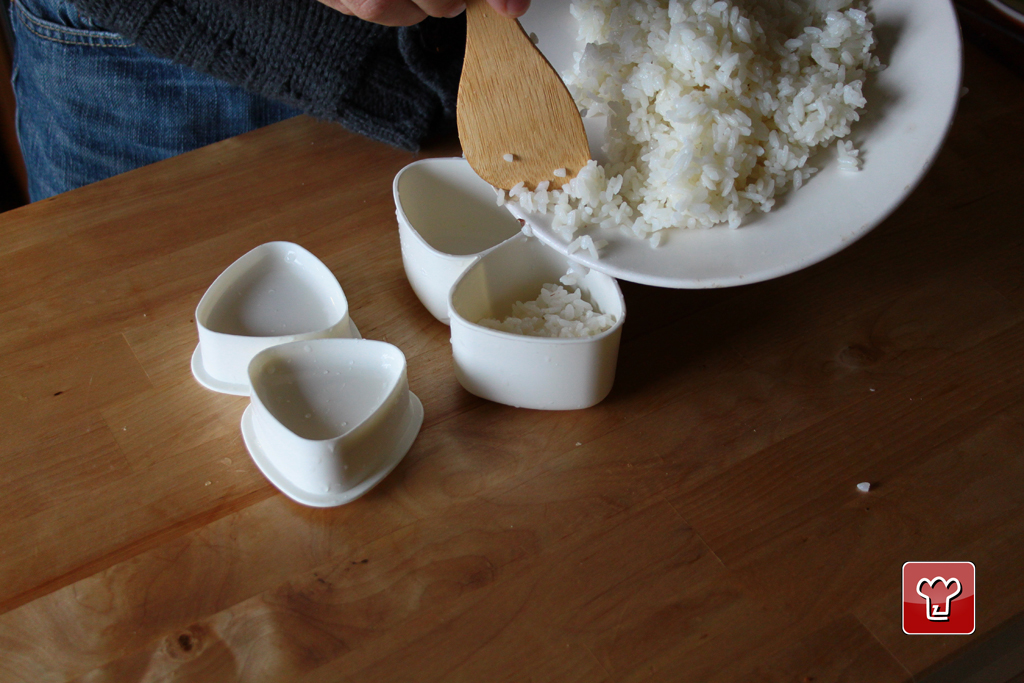O-nigiri Japanese rice balls
O-nigiri are lovely rice snacks famous and very popular throughout Japan since the Middle Ages. At times, the Japanese don’t use chopsticks but instead use their hands to eat, which is why the seaweed strips don’t wrap all the way round the rice balls, but only partly so that you can pick them up using this natural ingredient. The shape of the rice ball has undergone an evolution over time: at first it was triangular, and then underwent a series of changes that ended up with it being round or cylindrical. As to making them, o-nigiri have hidden within them a delicious piece of fish, which might be tuna or salmon, or other types of fish, and flavoured with sesame or umeboshi. You will never find meat inside o-nigiri rice balls. It is a really healthy and tasty snack for those who like raw fish and Japanese food in general.
Ingredients

Send the recipe
Preparation
Make the rice for the sushi. Equip yourself with a mould for the rice balls. Sliced the crab sticks into rounds. Chop the avocado. Place a portion of rice in a mould, press down the centre a little and arrange the crab meat and avocado. Add some light mayo. Top with some more rice, roughly equal in quantity to the first amount, and then using another mould press down firmly to compact the rice. Remove the onigiri rice balls from the moulds and sprinkle with black sesame. Cut a strip of Japanese seaweed and put it on the bottom of the rice balls to form a little strip to hold the rice ball when eating.
Step by step
|
View the step by step
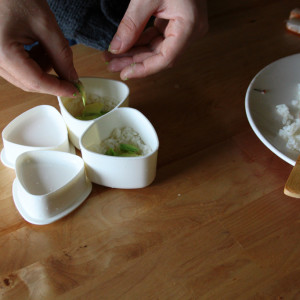
|
Put a few pieces of avocado in the centre of the rice
|
|
View the step by step
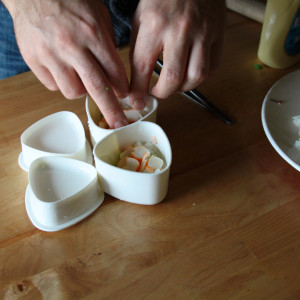
|
Put some pieces of crab in the rice
|
|
View the step by step
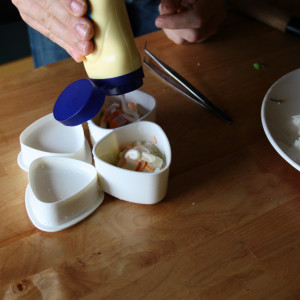
|
Dress with a little light mayonnaise
|
|
View the step by step

|
Cover with a layer of rice and pack down with a spoon
|
|
View the step by step
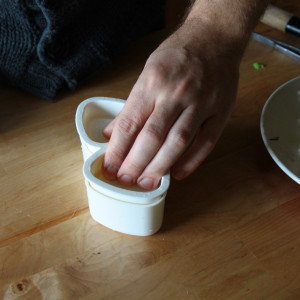
|
With another mould, press the rice and flavourings down well
|
|
View the step by step
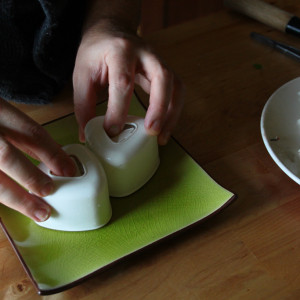
|
Turn the mould upside down and remove the rice balls
|
|
View the step by step
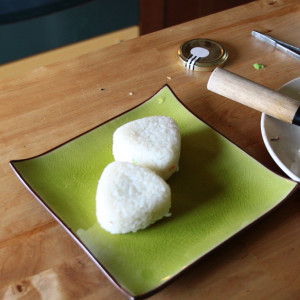
|
Here are the rice balls without decoration
|
|
View the step by step
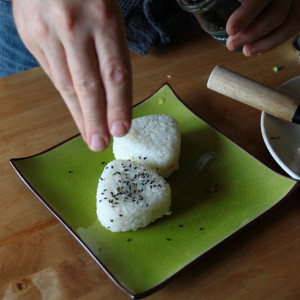
|
Decorate with some sesame seeds which attach themselves to the rice
|
|
View the step by step
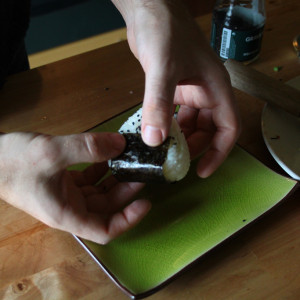
|
Cut out a piece of seaweed to attach to the bottom of the rice ball with which to pick it up
|
|
View the step by step
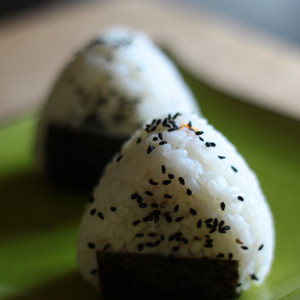
|
The O-nigiri are ready! Serve with a little wasabi and a small bowl of soy sauce
|



